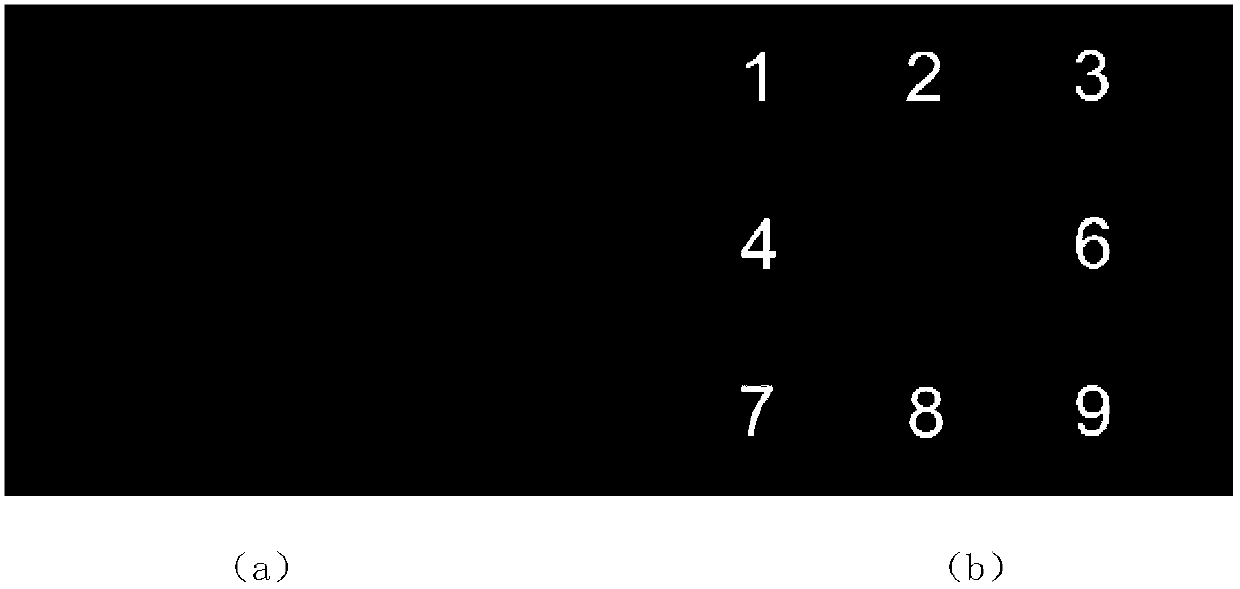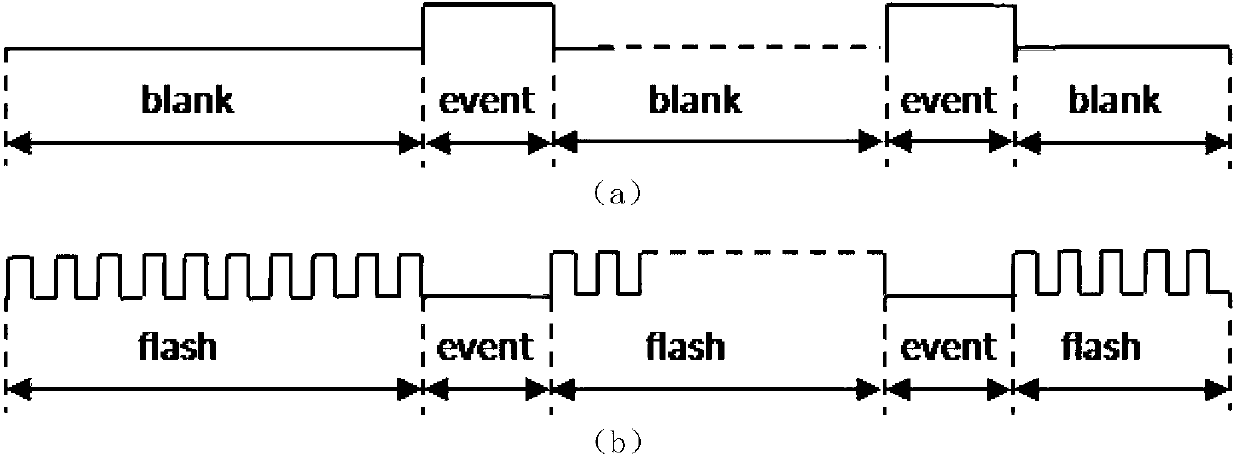Brain-computer interface method based on SSVEP (Steady State Visual Evoked Potential) blocking and P300 bicharacteristics
A computer interface and EEG signal technology, applied in the field of medical equipment, can solve the problem of unhelpful judgment accuracy, achieve the effects of avoiding conflicts, considerable social and economic benefits, and improving the accuracy of single-task judgment
- Summary
- Abstract
- Description
- Claims
- Application Information
AI Technical Summary
Problems solved by technology
Method used
Image
Examples
Embodiment Construction
[0023] The present invention designs a brain-computer interface paradigm based on dual features of SSVEP blocking and P300. When normal people are stimulated by flickering at different frequencies (generally greater than 6Hz), there will be a response consistent with the stimulation frequency or its harmonics in the corresponding EEG. This response is the so-called steady-state visual evoked potential; P300 is in the target A positive peak appears in the EEG about 300ms after the probabilistic target stimulation; SSVEP blocking is a phenomenon in which the energy of the SSVEP signal appears in the new paradigm of SSVEP and P300 fusion when the target stimulation occurs. The brain-computer interface designed based on the dual-feature paradigm effectively combines the blocking feature of SSVEP and the P300 feature to recognize characters, in order to improve the single-task judgment accuracy of the BCI system. The technical process is: design a new paradigm experiment, build the...
PUM
 Login to View More
Login to View More Abstract
Description
Claims
Application Information
 Login to View More
Login to View More - Generate Ideas
- Intellectual Property
- Life Sciences
- Materials
- Tech Scout
- Unparalleled Data Quality
- Higher Quality Content
- 60% Fewer Hallucinations
Browse by: Latest US Patents, China's latest patents, Technical Efficacy Thesaurus, Application Domain, Technology Topic, Popular Technical Reports.
© 2025 PatSnap. All rights reserved.Legal|Privacy policy|Modern Slavery Act Transparency Statement|Sitemap|About US| Contact US: help@patsnap.com



